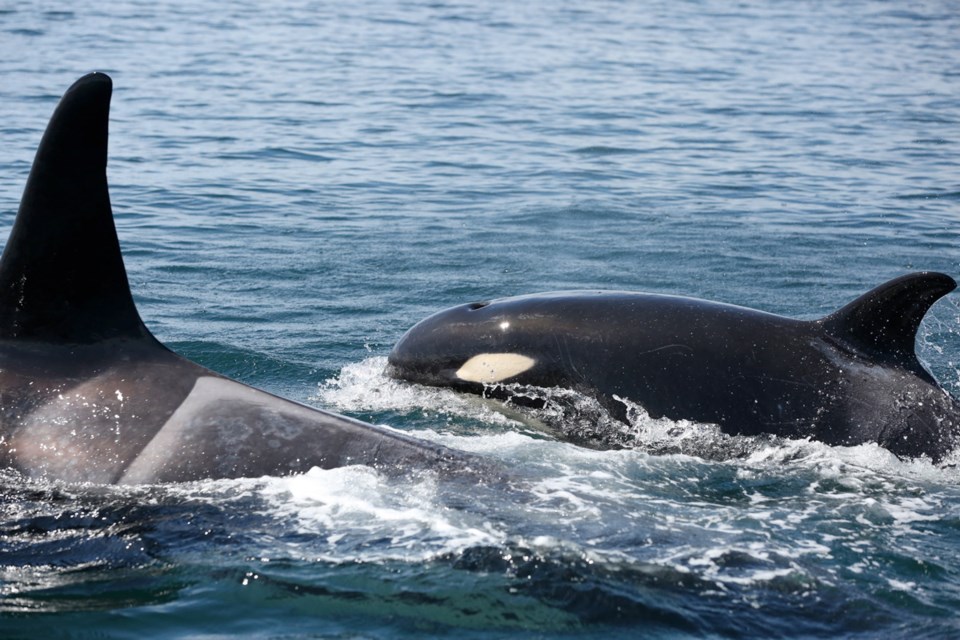SEATTLE ŌĆö U.S. officials are proposing to curtail nontribal salmon fishing along the West Coast in especially bad years to help the endangered killer whales.
NOAA Fisheries is taking public comment on the plan, which calls for restricting commercial and recreational salmon fishing when chinook salmon forecasts are especially low.
The southern resident killer whales ŌĆö the endangered orcas that spend much of their time in the waters between Washington state and British Columbia ŌĆö depend heavily on depleted runs of fatty chinook. Recent research has affirmed how important chinook are to the whales year-round, as they cruise the outer coast, and not just when they forage in Washington stateŌĆÖs inland waters in the summertime.
The fishing restrictions would extend from Puget Sound in Washington to Monterey Bay in central California, and they would be triggered when fewer than 966,000 chinook are forecast to return to Northwest rivers. The last time forecast chinook returns were that low was in 2007.
The restrictions would include reducing fishing quotas north of Cape Falcon in Oregon; delaying the start of the ocean commercial troll fishery between Cape Falcon and Monterey Bay; and closing parts of the Columbia River and Grays Harbor in Washington and the Klamath River and Monterey Bay to fishing much of the year.
If NOAA Fisheries adopts the plan as recommended by the 91įŁ┤┤ Fishery Management Council, it would be one of the first times a federal agency has restricted hunting or fishing one species to benefit a predator that relies on it.
There are 75 orcas in the three pods that make up the southern resident orca population. The whales have in recent years been at their lowest numbers since the 1970s, when ┬Łhundreds were captured ŌĆö and more than 50 were kept ŌĆö for aquarium display. Scientists warn the ┬Łpopulation is on the brink of ┬Łextinction.



